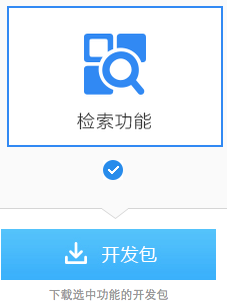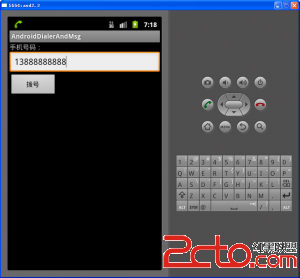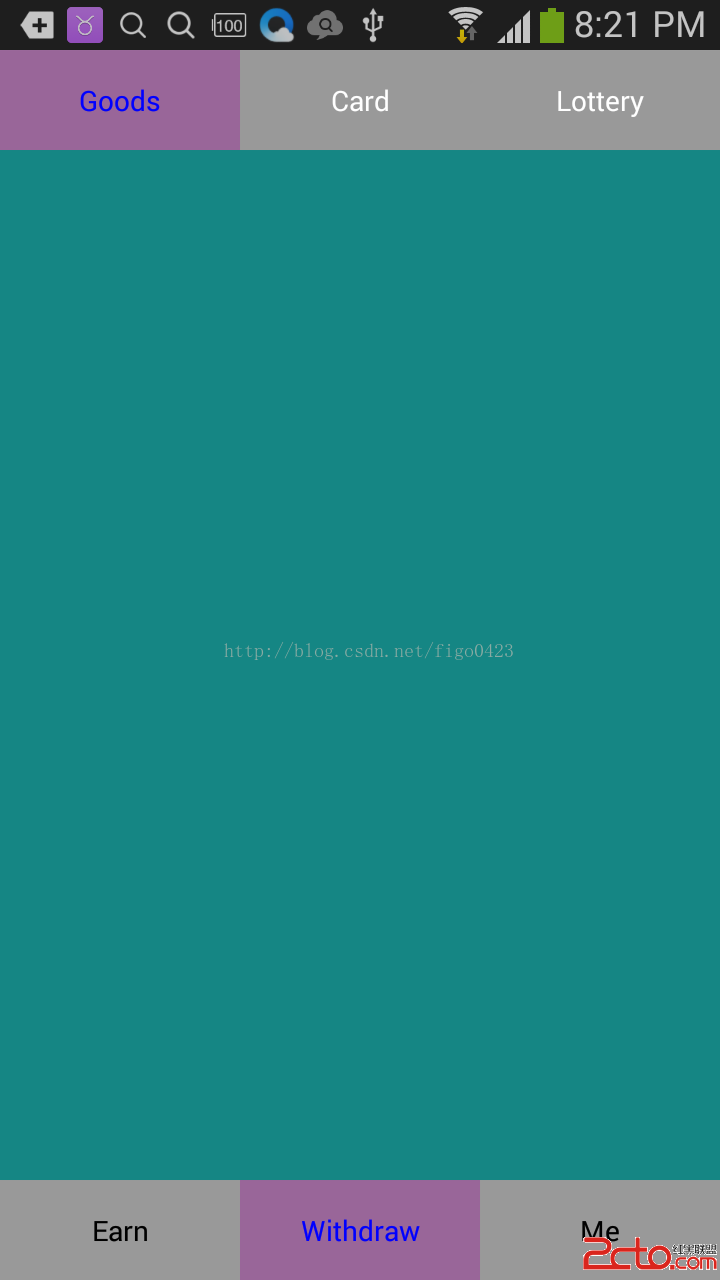編輯:關於Android編程
本文實例講述了Android非調用系統界面實現發送彩信的方法。分享給大家供大家參考,具體如下:
一、問題:
最近有個需求,不去調用系統界面發送彩信功能。做過發送短信功能的同學可能第一反應是這樣:
不使用 StartActivity,像發短信那樣,調用一個類似於發短信的方法
SmsManager smsManager = SmsManager.getDefault(); smsManager.sendTextMessage(phoneCode, null, text, null, null);
二、解決方法:
由於android上根本就沒有提供發送彩信的接口,如果你想發送彩信,對不起,請調用系統彩信app界面,如下:
Intent sendIntent = new Intent(Intent.ACTION_SEND, Uri.parse("mms://"));
sendIntent.setType("image/jpeg");
String url = "file://sdcard//tmpPhoto.jpg";
sendIntent.putExtra(Intent.EXTRA_STREAM, Uri.parse(url));
startActivity(Intent.createChooser(sendIntent, "MMS:"));
但是這種方法往往不能滿足我們的需求,能不能不調用系統界面,自己實現發送彩信呢?經過幾天的努力,終於找到了解決辦法。
第一步:先構造出你要發送的彩信內容,即構建一個pdu,需要用到以下幾個類,這些類都是從android源碼的MMS應用中mms.pdu包中copy出來的。你需要將pdu包中的所有類
都拷貝到你的工程中,然後自己酌情調通。
final SendReq sendRequest = new SendReq(); final PduBody pduBody = new PduBody(); final PduPart part = new PduPart(); //存放附件,每個附件是一個part,如果添加多個附件,就想body中add多個part。 pduBody.addPart(partPdu); sendRequest.setBody(pduBody); final PduComposer composer = new PduComposer(ctx, sendRequest); final byte[] bytesToSend = composer.make(); //將彩信的內容以及主題等信息轉化成byte數組,准備通過http協議 //發送到 ”http://mmsc.monternet.com”;
第二步:發送彩信到彩信中心。
構建pdu的代碼:
String subject = "測試彩信";
String recipient = "接收彩信的號碼";//138xxxxxxx
final SendReq sendRequest = new SendReq();
final EncodedStringValue[] sub = EncodedStringValue.extract(subject);
if (sub != null && sub.length > 0) {
sendRequest.setSubject(sub[0]);
}
final EncodedStringValue[] phoneNumbers = EncodedStringValue.extract(recipient);
if (phoneNumbers != null && phoneNumbers.length > 0) {
sendRequest.addTo(phoneNumbers[0]);
}
final PduBody pduBody = new PduBody();
final PduPart part = new PduPart();
part.setName("sample".getBytes());
part.setContentType("image/png".getBytes());
String furl = "file://mnt/sdcard//1.jpg";
final PduPart partPdu = new PduPart();
partPdu.setCharset(CharacterSets.UTF_8);//UTF_16
partPdu.setName(part.getName());
partPdu.setContentType(part.getContentType());
partPdu.setDataUri(Uri.parse(furl));
pduBody.addPart(partPdu);
sendRequest.setBody(pduBody);
final PduComposer composer = new PduComposer(ctx, sendRequest);
final byte[] bytesToSend = composer.make();
Thread t = new Thread(new Runnable() {
@Override
public void run() {
try {
HttpConnectInterface.sendMMS(ctx, bytesToSend);
//
} catch (IOException e) {
e.printStackTrace();
}
}
});
t.start();
發送pdu到彩信中心的代碼:
public static String mmscUrl = "http://mmsc.monternet.com";
// public static String mmscUrl = "http://www.baidu.com/";
public static String mmsProxy = "10.0.0.172";
public static String mmsProt = "80";
private static String HDR_VALUE_ACCEPT_LANGUAGE = "";
// Definition for necessary HTTP headers.
private static final String HDR_KEY_ACCEPT = "Accept";
private static final String HDR_KEY_ACCEPT_LANGUAGE = "Accept-Language";
private static final String HDR_VALUE_ACCEPT =
"*/*, application/vnd.wap.mms-message, application/vnd.wap.sic";
public static byte[] sendMMS(Context context, byte[] pdu)throws IOException{
HDR_VALUE_ACCEPT_LANGUAGE = getHttpAcceptLanguage();
if (mmscUrl == null) {
throw new IllegalArgumentException("URL must not be null.");
}
HttpClient client = null;
try {
// Make sure to use a proxy which supports CONNECT.
client = HttpConnector.buileClient(context);
HttpPost post = new HttpPost(mmscUrl);
//mms PUD START
ByteArrayEntity entity = new ByteArrayEntity(pdu);
entity.setContentType("application/vnd.wap.mms-message");
post.setEntity(entity);
post.addHeader(HDR_KEY_ACCEPT, HDR_VALUE_ACCEPT);
post.addHeader(HDR_KEY_ACCEPT_LANGUAGE, HDR_VALUE_ACCEPT_LANGUAGE);
//mms PUD END
HttpParams params = client.getParams();
HttpProtocolParams.setContentCharset(params, "UTF-8");
HttpResponse response = client.execute(post);
LogUtility.showLog(tag, "111");
StatusLine status = response.getStatusLine();
LogUtility.showLog(tag, "status "+status.getStatusCode());
if (status.getStatusCode() != 200) { // HTTP 200 is not success.
LogUtility.showLog(tag, "!200");
throw new IOException("HTTP error: " + status.getReasonPhrase());
}
HttpEntity resentity = response.getEntity();
byte[] body = null;
if (resentity != null) {
try {
if (resentity.getContentLength() > 0) {
body = new byte[(int) resentity.getContentLength()];
DataInputStream dis = new DataInputStream(resentity.getContent());
try {
dis.readFully(body);
} finally {
try {
dis.close();
} catch (IOException e) {
Log.e(tag, "Error closing input stream: " + e.getMessage());
}
}
}
} finally {
if (entity != null) {
entity.consumeContent();
}
}
}
LogUtility.showLog(tag, "result:"+new String(body));
return body;
} catch (IllegalStateException e) {
LogUtility.showLog(tag, "",e);
// handleHttpConnectionException(e, mmscUrl);
} catch (IllegalArgumentException e) {
LogUtility.showLog(tag, "",e);
// handleHttpConnectionException(e, mmscUrl);
} catch (SocketException e) {
LogUtility.showLog(tag, "",e);
// handleHttpConnectionException(e, mmscUrl);
} catch (Exception e) {
LogUtility.showLog(tag, "",e);
//handleHttpConnectionException(e, mmscUrl);
} finally {
if (client != null) {
// client.;
}
}
return new byte[0];
}
至此,彩信的發送算是完成了。
總結:android的彩信相關操作都是沒有api的,包括彩信的讀取、發送、存儲。這些過程都是需要手動去完成的。想要弄懂這些過程,需要仔細閱讀android源碼中的mms這個app。還有就是去研究mmssms.db數據庫,因為彩信的讀取和存儲其實都是對mmssms.db這個數據庫的操作過程。而且因為這個是共享的數據庫,所以只能用ContentProvider這個組件去操作db。
總之,想要研究彩信這塊(包括普通短信),你就必須的研究mmssms.db的操作方法,多多了解每個表對應的哪個uri,每個uri能提供什麼樣的操作,那些字段代表短信的那些屬性等。
最後推薦個好用的sqlite查看工具:SQLite Database Browser。
希望本文所述對大家Android程序設計有所幫助。
 Android SDK 百度地圖通過poi城市內檢索簡介接口的使用
Android SDK 百度地圖通過poi城市內檢索簡介接口的使用
百度地圖 SDK 不僅為廣大開發者提供了炫酷的地圖展示效果、豐富的覆蓋物圖層,更為廣大開發者提供了多種 LBS 檢索的能力。通過這些接口,開發者可以輕松的訪問百度的 LB
 Embedded Android 協同翻譯
Embedded Android 協同翻譯
如果你有一定的Android的基礎和英語基礎, 有願意貢獻開源社區的心, 如果你對以下目錄感興趣, 歡迎加入我們協同翻譯《Embedded Android》 此次協同翻
 Android中如何調用撥打電話?
Android中如何調用撥打電話?
Android系統原本就為手機設計,所以,在android系統中的任何App中,只要願意,撥打指定電話非常方便。 核心就是使用Intent跳轉,指定請求Action為In
 android開發步步為營之53:viewpager+fragment構造可左右滑動標簽頁效果
android開發步步為營之53:viewpager+fragment構造可左右滑動標簽頁效果
可滑動的標簽頁是很多應用的用來做外面框架的,比如微信,微博等等,我這裡實現的效果是下面是主標簽頁,然後中間一個的標簽頁裡面又可以繼續左右滑動,等於是標簽頁內部再嵌套標簽頁